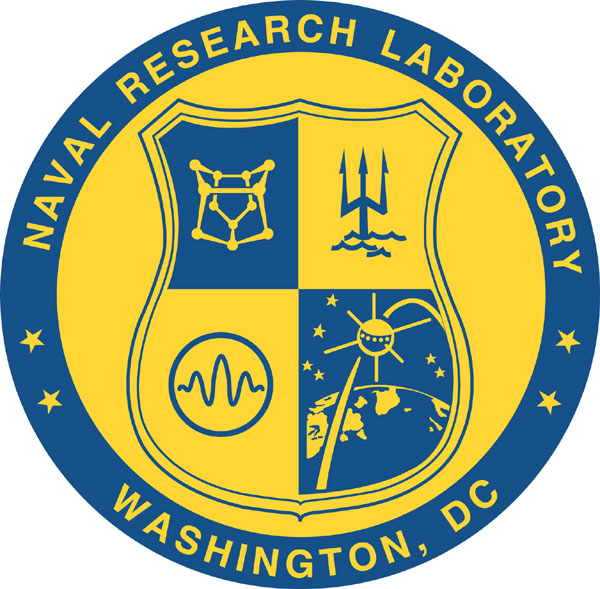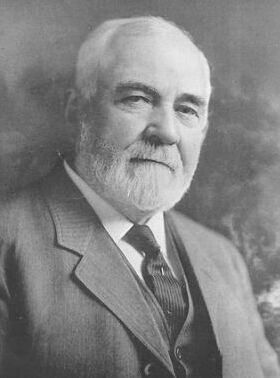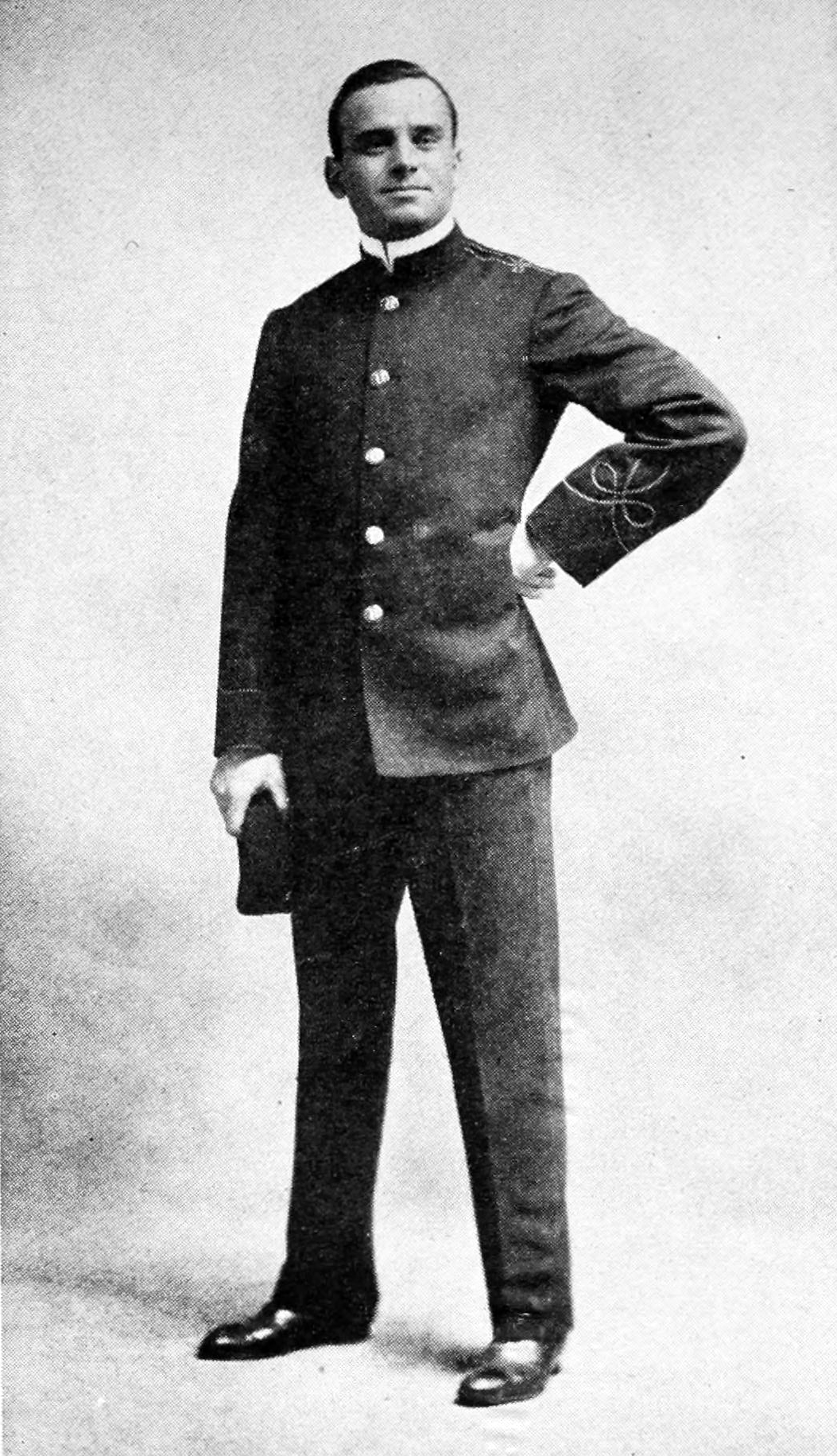|
USS Hilo (AGP-2)
USS ''Hilo'' (AGP-2) was a converted yacht that saw service as a motor torpedo boat tender in the United States Navy during World War II. It was originally the yacht ''Caroline'' built for Eldridge R. Johnson and launched 18 July 1931. ''Caroline'' was at the time the second largest yacht and largest American built Diesel yacht. It was built with a laboratory as well as palatial quarters and was loaned and equipped by Johnson for the Johnson-Smithsonian Deep-Sea Expedition of 1933 that explored the Puerto Rico Trench. The yacht was sold in 1938 to William B. Leeds and renamed ''Moana'' replacing an earlier Leeds yacht of the same name. It was purchased by the US Navy in 1941 and commissioned as USS ''Hilo'', first designated as Patrol Gunboat (PG) 58 and then functioning and designated as Motor Torpedo Boat Tender (AGP) 2 supporting the torpedo boats for the duration of World War II. Yacht ''Caroline'' ''Caroline'' was built in 1931 by Bath Iron Works, Bath, Maine at a cost of 1 ... [...More Info...] [...Related Items...] OR: [Wikipedia] [Google] [Baidu] |
Hilo, Hawaii
Hilo () is a census-designated place (CDP) and the largest settlement in Hawaii County, Hawaii, United States, which encompasses the Island of Hawaii. The population was 44,186 according to the 2020 census. It is the fourth-largest settlement in the state of Hawaii and largest settlement in the state outside of Oahu. Hilo is the county seat of the County of Hawaii and is in the District of South Hilo. The city overlooks Hilo Bay and has views of two shield volcanoes, Mauna Loa, an active volcano, and Mauna Kea, a dormant volcano. Mauna Kea is the site of some of the world's most important ground-based astronomical observatories. The Hilo bay-front has been destroyed by tsunamis twice. The majority of human settlement in Hilo stretches from Hilo Bay to Waiākea-Uka, on the flanks of the volcanoes. Hilo is home to the University of Hawaii at Hilo, ʻImiloa Astronomy Center, as well as the Merrie Monarch Festival, a week-long celebration, including three nights of com ... [...More Info...] [...Related Items...] OR: [Wikipedia] [Google] [Baidu] |
Naval Research Laboratory
The United States Naval Research Laboratory (NRL) is the corporate research laboratory for the United States Navy and the United States Marine Corps. It was founded in 1923 and conducts basic scientific research, applied research, technological development and prototyping. The laboratory's specialties include plasma physics, space physics, materials science, and tactical electronic warfare. NRL is one of the first US government scientific R&D laboratories, having opened in 1923 at the instigation of Thomas Edison, and is currently under the Office of Naval Research. As of 2016, NRL was a Navy Working Capital Fund activity, which means it is not a line-item in the US Federal Budget. Instead of direct funding from Congress, all costs, including overhead, were recovered through sponsor-funded research projects. NRL's research expenditures were approximately $1 billion per year. Research The Naval Research Laboratory conducts a wide variety of basic research and applied ... [...More Info...] [...Related Items...] OR: [Wikipedia] [Google] [Baidu] |
Craig Shipbuilding
file:Light Vessel No.57.jpg, ''Light Vessel No.57'' at Toledo, Ohio Craig Shipbuilding was a shipbuilding company in Long Beach, California. To support the World War I demand for ships Craig Shipbuilding shipyard switched over to military construction and built: US Navy Submarines and Cargo Ships. Craig Shipbuilding was started in 1906 by John F. Craig. John F. Craig had worked in Toledo, Ohio with his father, John Craig (1838-1934), and Blythe Craig, both shipbuilders, their first ship was built in 1864 at Craig Shipbuilding Toledo. John F. Craig opened his shipbuilding company in Port of Long Beach on the south side of Channel 3, the current location of Pier 41 in the inner harbor, becoming the port's first shipyard. In 1907 Craig Shipbuilding is given a contract to dredge a channel from the Pacific ocean to the inner harbor. In 1917 Craig sold the shipyard to the California Shipbuilding Company. But then opened a new shipyard next to the one he just sold and called it th ... [...More Info...] [...Related Items...] OR: [Wikipedia] [Google] [Baidu] |
Solomon Islands
Solomon Islands is an island country consisting of six major islands and over 900 smaller islands in Oceania, to the east of Papua New Guinea and north-west of Vanuatu. It has a land area of , and a population of approx. 700,000. Its capital, Honiara, is located on the largest island, Guadalcanal. The country takes its name from the wider area of the Solomon Islands (archipelago), which is a collection of Melanesian islands that also includes the Autonomous Region of Bougainville (currently a part of Papua New Guinea), but excludes the Santa Cruz Islands. The islands have been settled since at least some time between 30,000 and 28,800 BCE, with later waves of migrants, notably the Lapita people, mixing and producing the modern indigenous Solomon Islanders population. In 1568, the Spanish navigator Álvaro de Mendaña was the first European to visit them. Though not named by Mendaña, it is believed that the islands were called ''"the Solomons"'' by those who later r ... [...More Info...] [...Related Items...] OR: [Wikipedia] [Google] [Baidu] |
Suva
Suva () is the capital and largest city of Fiji. It is the home of the country's largest metropolitan area and serves as its major port. The city is located on the southeast coast of the island of Viti Levu, in Rewa Province, Central Division. In 1877, the capital of Fiji was moved to Suva from Levuka, the main European colonial settlement at the time, due to its restrictive geography and environs. The administration of the colony was transferred from Levuka to Suva in 1882. As of the 2017 census, the city of Suva had a population of 93,970, and Suva's metropolitan area, which includes its independent suburbs, had a population of 185,913. The combined urban population of Suva and the towns of Lami, Nasinu, and Nausori that border it was around 330,000: over a third of the nation's population. (This urban complex, excluding Lami, is also known as the Suva-Nausori corridor.) Suva is the political, economic, and cultural centre of Fiji. It is also the economic and cul ... [...More Info...] [...Related Items...] OR: [Wikipedia] [Google] [Baidu] |
Sylvia Ashley
Sylvia, Lady Ashley (born Edith Louisa Hawkes, 1 April 1904 – 29 June 1977) was an English model, actress, and socialite who was best known for her numerous marriages to British and Georgian noblemen and American movie stars. Early life Ashley was born as Edith Louisa Hawkes on 1 April 1904, at 112 Hall Place, Paddington, London, England, the elder daughter of Edith Florence Hyde and Arthur Hawkes. The family moved to nearby Wharncliffe Gardens, Lisson Grove, before 1910. She later renamed herself Sylvia and preferred giving her year of birth as 1906. Her 1927 marriage certificate records her name as Edith Louisa Sylvia Hawkes and her father as Arthur Hawkes (deceased), gentleman. Her father was a livery stable employee, latterly porter in a block of flats and doorman at a restaurant. When he died, his younger daughter administered his estate. Ashley's sister, Lilian Vera Hawkes married British film producer Basil Bleck on 18 December 1929. Professional career As Sylvia H ... [...More Info...] [...Related Items...] OR: [Wikipedia] [Google] [Baidu] |
Douglas Fairbanks
Douglas Elton Fairbanks Sr. (born Douglas Elton Thomas Ullman; May 23, 1883 – December 12, 1939) was an American actor, screenwriter, director, and producer. He was best known for his swashbuckling roles in silent films including '' The Thief of Bagdad'', ''Robin Hood'', and '' The Mark of Zorro'', but spent the early part of his career making comedies. Fairbanks was a founding member of United Artists. He was also a founding member of The Motion Picture Academy and hosted the 1st Academy Awards in 1929. With his marriage to actress and film producer Mary Pickford in 1920, the couple became 'Hollywood royalty', and Fairbanks was referred to as "The King of Hollywood", a nickname later passed on to actor Clark Gable. Though he was considered one of the biggest stars in Hollywood during the 1910s and 1920s, Fairbanks's career rapidly declined with the advent of the "talkies". His final film was '' The Private Life of Don Juan'' (1934). Early life Fairbanks was born Doug ... [...More Info...] [...Related Items...] OR: [Wikipedia] [Google] [Baidu] |
Nazi Germany
Nazi Germany (lit. "National Socialist State"), ' (lit. "Nazi State") for short; also ' (lit. "National Socialist Germany") (officially known as the German Reich from 1933 until 1943, and the Greater German Reich from 1943 to 1945) was the German Reich, German state between 1933 and 1945, when Adolf Hitler and the Nazi Party controlled the country, transforming it into a dictatorship. Under Hitler's rule, Germany quickly became a totalitarian state where nearly all aspects of life were controlled by the government. The Third Reich, meaning "Third Realm" or "Third Empire", alluded to the Nazi claim that Nazi Germany was the successor to the earlier Holy Roman Empire (800–1806) and German Empire (1871–1918). The Third Reich, which Hitler and the Nazis referred to as the Thousand-Year Reich, ended in May 1945 after just 12 years when the Allies of World War II, Allies defeated Germany, End of World War II in Europe, ending World War II in Europe. On 30 January 1933, H ... [...More Info...] [...Related Items...] OR: [Wikipedia] [Google] [Baidu] |
Great Depression
The Great Depression (19291939) was an economic shock that impacted most countries across the world. It was a period of economic depression that became evident after a major fall in stock prices in the United States. The economic contagion began around September and led to the Wall Street stock market crash of October 24 (Black Thursday). It was the longest, deepest, and most widespread depression of the 20th century. Between 1929 and 1932, worldwide gross domestic product (GDP) fell by an estimated 15%. By comparison, worldwide GDP fell by less than 1% from 2008 to 2009 during the Great Recession. Some economies started to recover by the mid-1930s. However, in many countries, the negative effects of the Great Depression lasted until the beginning of World War II. Devastating effects were seen in both rich and poor countries with falling personal income, prices, tax revenues, and profits. International trade fell by more than 50%, unemployment in the U.S. rose to 23% ... [...More Info...] [...Related Items...] OR: [Wikipedia] [Google] [Baidu] |
Thomas Townsend Brown
Thomas Townsend Brown (March 18, 1905 – October 27, 1985) was an American inventor whose research into odd electrical effects led him to believe he had discovered a connection between strong electric fields and gravity, a type of antigravity effect. Instead of being an antigravity force, what Brown observed has generally been attributed to electrohydrodynamics, the movement of charged particles that transfers their momentum to surrounding neutral particles in air, also called "ionic drift" or "ionic wind". For most of Brown's life he attempted to develop devices based on his ideas, trying to promote them for use by industry and the military. The phenomena came to be called the "Biefeld–Brown effect" and "electrogravitics". In recent years Brown's research has had an influence in the community of amateur experimenters who build " ionic propulsion lifters" powered by high voltage. There are still claims that Brown discovered antigravity, an idea popular with the unidentified ... [...More Info...] [...Related Items...] OR: [Wikipedia] [Google] [Baidu] |
Paul Bartsch
Paul Bartsch (14 August 1871 Tuntschendorf, Silesia – 24 April 1960 McLean, Virginia) was an American malacologist and carcinologist. He was named the last of those belonging to the "Descriptive Age of Malacology". Early life Bartsch emigrated with his parents to the U.S.A in 1880, first to Missouri and then to Burlington, Iowa. As a child, he took up jobs in his spare time in several employments. He soon took an interest in nature, first by keeping a small menagerie at home, and during his high school years, collecting birds and preparing skins. He established a natural-history club in his home with a little museum and a workshop. By the time he went to the University of Iowa in 1893, he had collected 2,000 skins. Among his professors at the university were the University of Iowa were the geologist Samuel Calvin, botanists Thomas H. Macbride and Bohumil Shimek, and the zoologist Charles C. Nutting. He graduated from the university with a B.S. in 1896, and M.S. in 1899, and ... [...More Info...] [...Related Items...] OR: [Wikipedia] [Google] [Baidu] |







